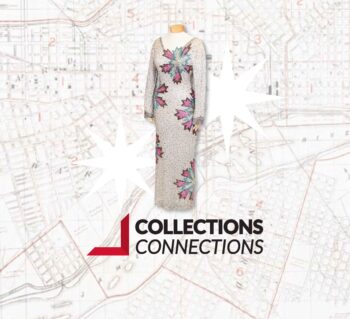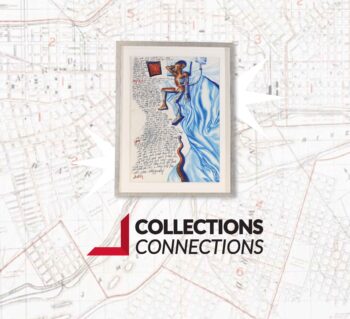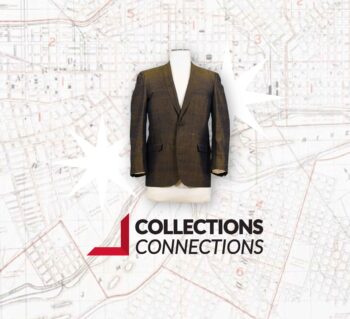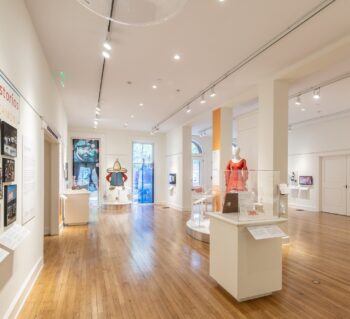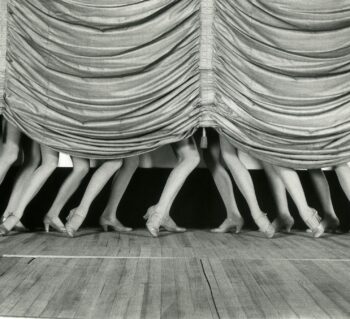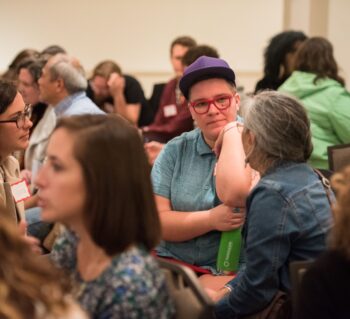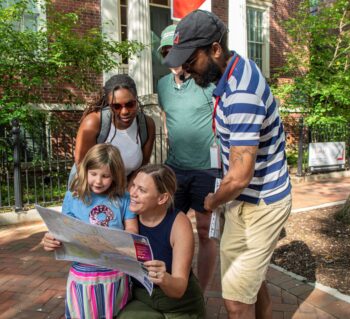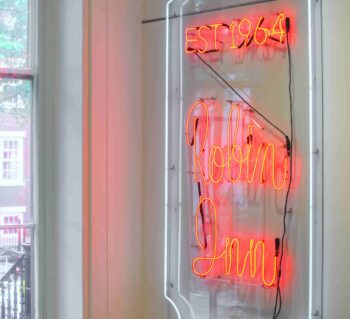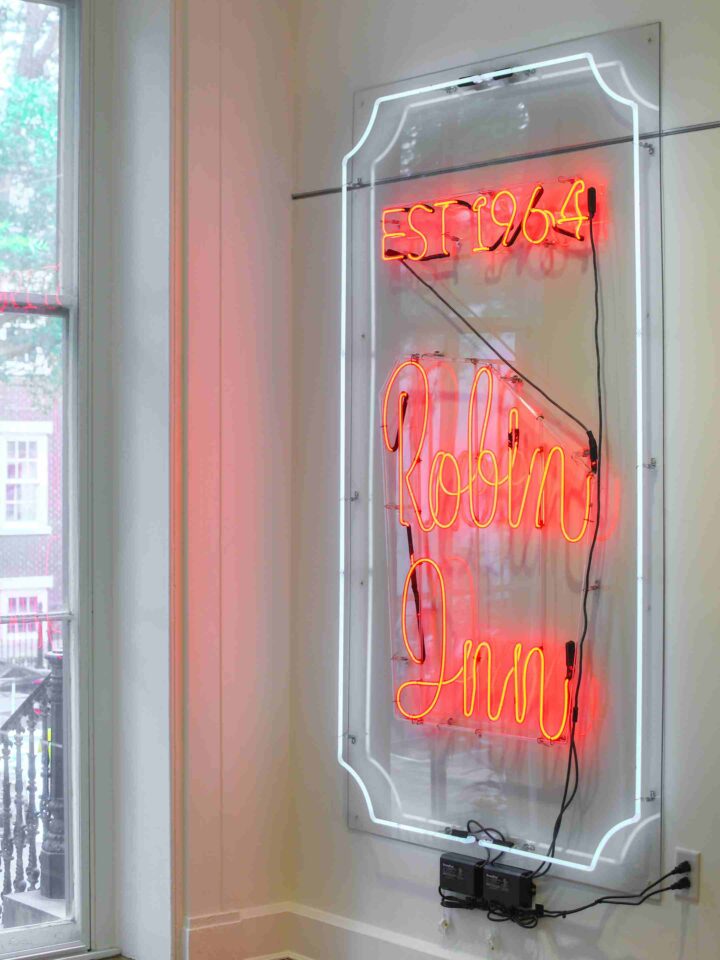
Richmond Stories
Discover Richmond Stories through educational resources from the Valentine's unique collection of objects, textiles and archival materials that document our region’s complex history.
Featured Stories
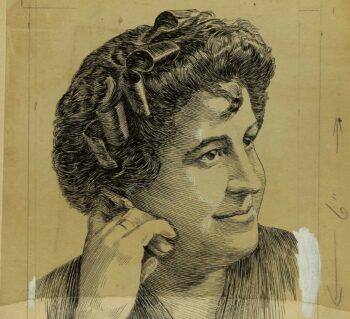
Maggie L. Walker: Richmond History Maker
Maggie L. Walker – a mother, a leader, a civil rights activist, an entrepreneur, a Richmonder.
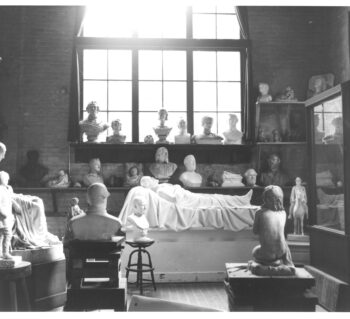
Edward Valentine's Sculpture Studio
A Quick Look: For thirty-nine years, Edward V. Valentine created some of his most well-known sculptures in the carriage house turned studio at 809 East Leigh Street in Richmond.
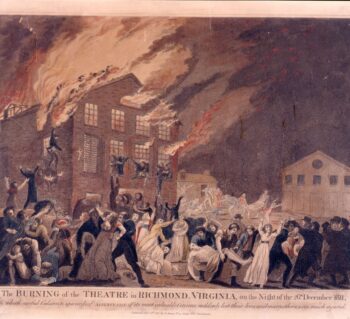
1811 Richmond Theater Fire
Richmond Theater Fire in 1811 that killed 72 people including the governor of Virginia.
Richmond Timeline
Explore Richmond history using our interactive timeline that features events and stories using objects, documents and images from the Valentine’s collection.
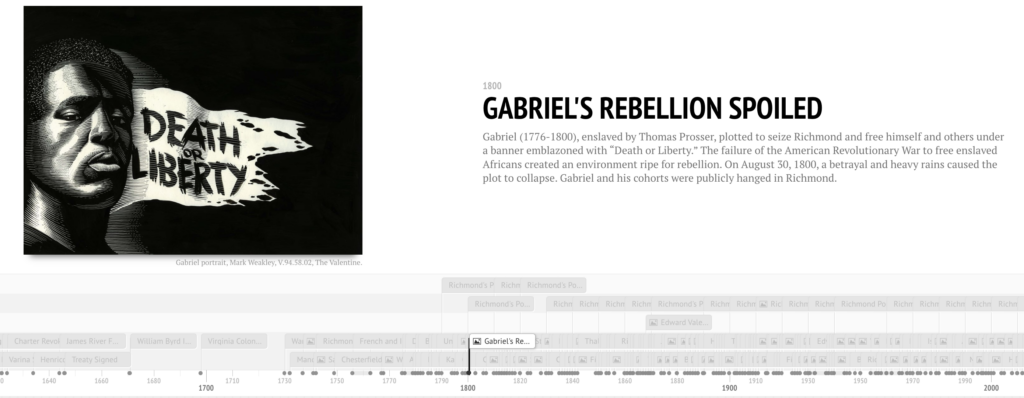
Videos
Explore Our Collection
Discover online exhibitions and start your collections research here.
Collection Database Search
Explore the Valentine’s online collection database. Our digitized collection is actively growing! Please check back regularly to see new additions.
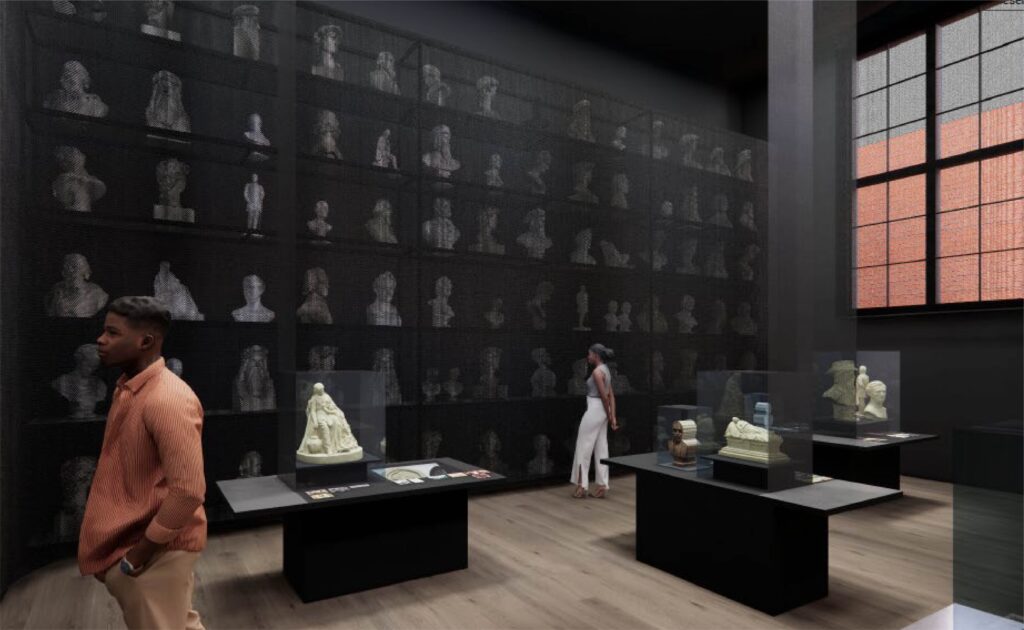
Sculpting History at the Valentine Studio
Explore online resources related to the Valentine’s upcoming exhibition, Sculpting History at the Valentine Studio: Art, Power and the “Lost Cause” American Myth.
Richmond Stories Podcast
Presented by the Valentine, the only museum dedicated to sharing Richmond’s challenging history, Richmond Stories uses conversations with change-makers, advocates, leaders and residents to explore the past, present and future of this (very) complicated place we call home.
